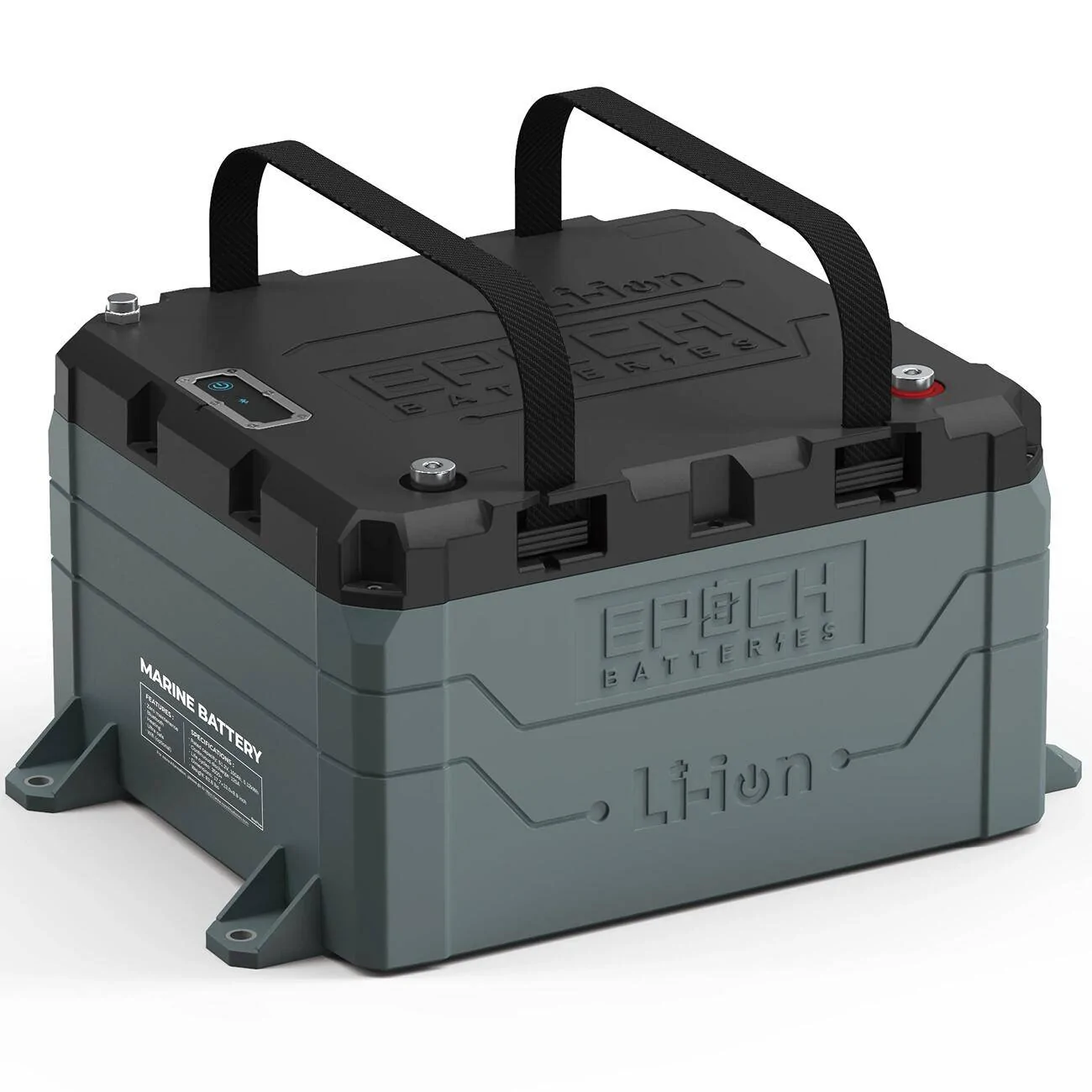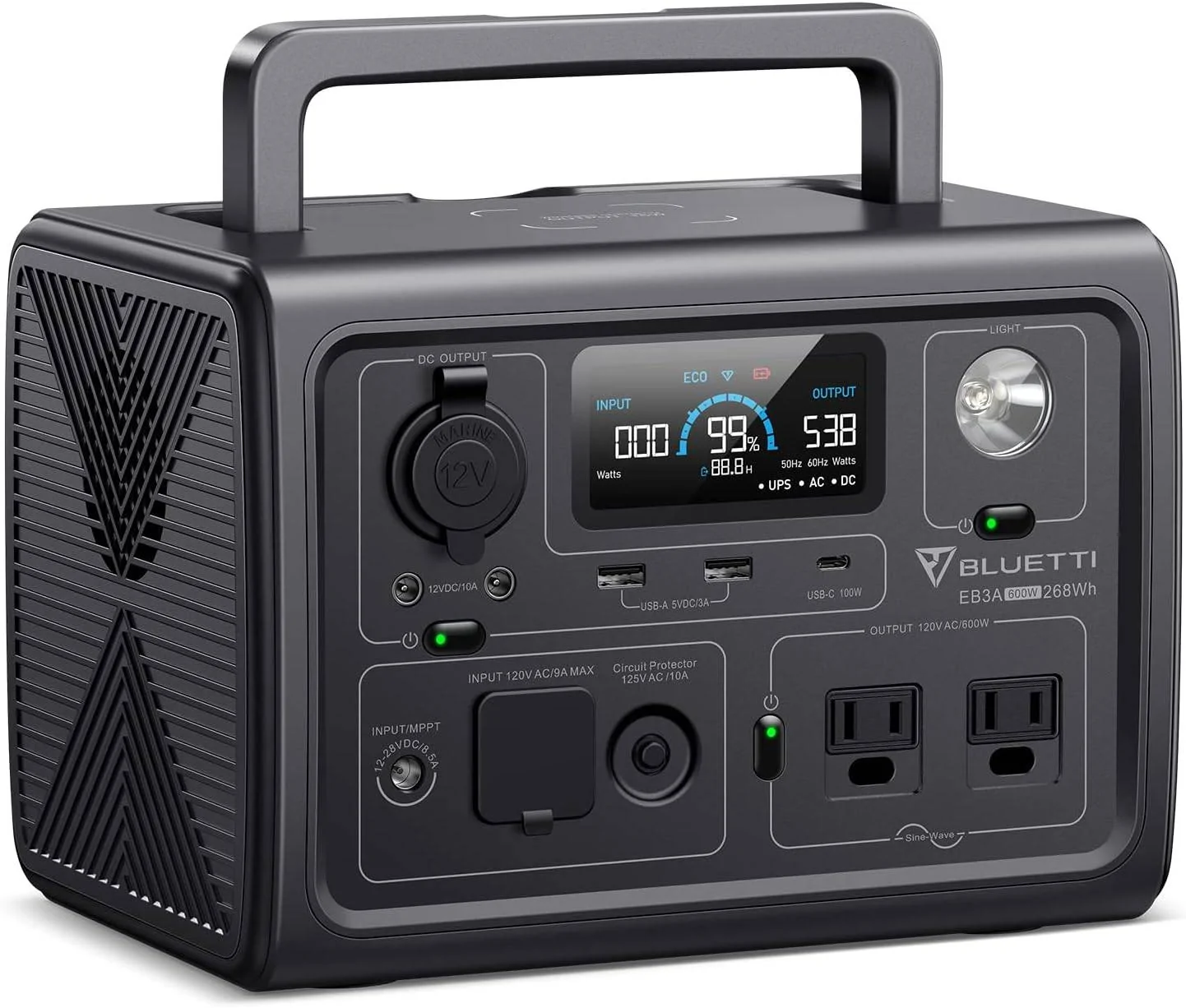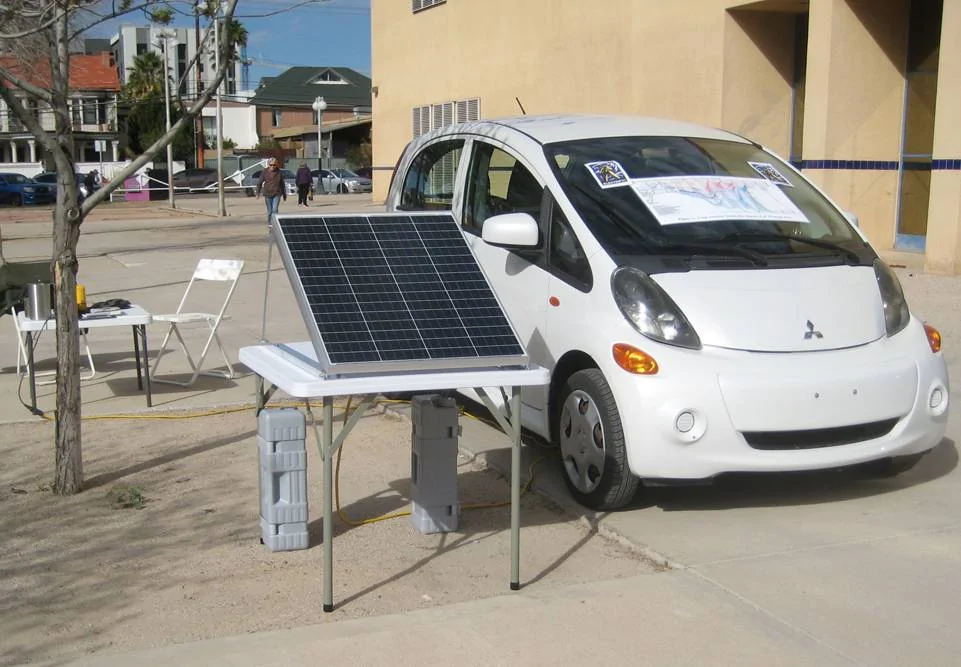sodamo
Well-Known Member
- First Name
- David
- Joined
- May 19, 2025
- Threads
- 7
- Messages
- 846
- Reaction score
- 919
- Location
- Big Island Hawaii
- Vehicles
- Tundra 1794, Subaru Ascent
True, couldn’t find a link to any.That's on Oahu. @sodamo lives on the Big Island. No superchargers there. #geography
and to be honest, except for a Costco run I don’t envision use of any commercial charger. i usually have plenty ”Free” power at home, except a few days in winter.




